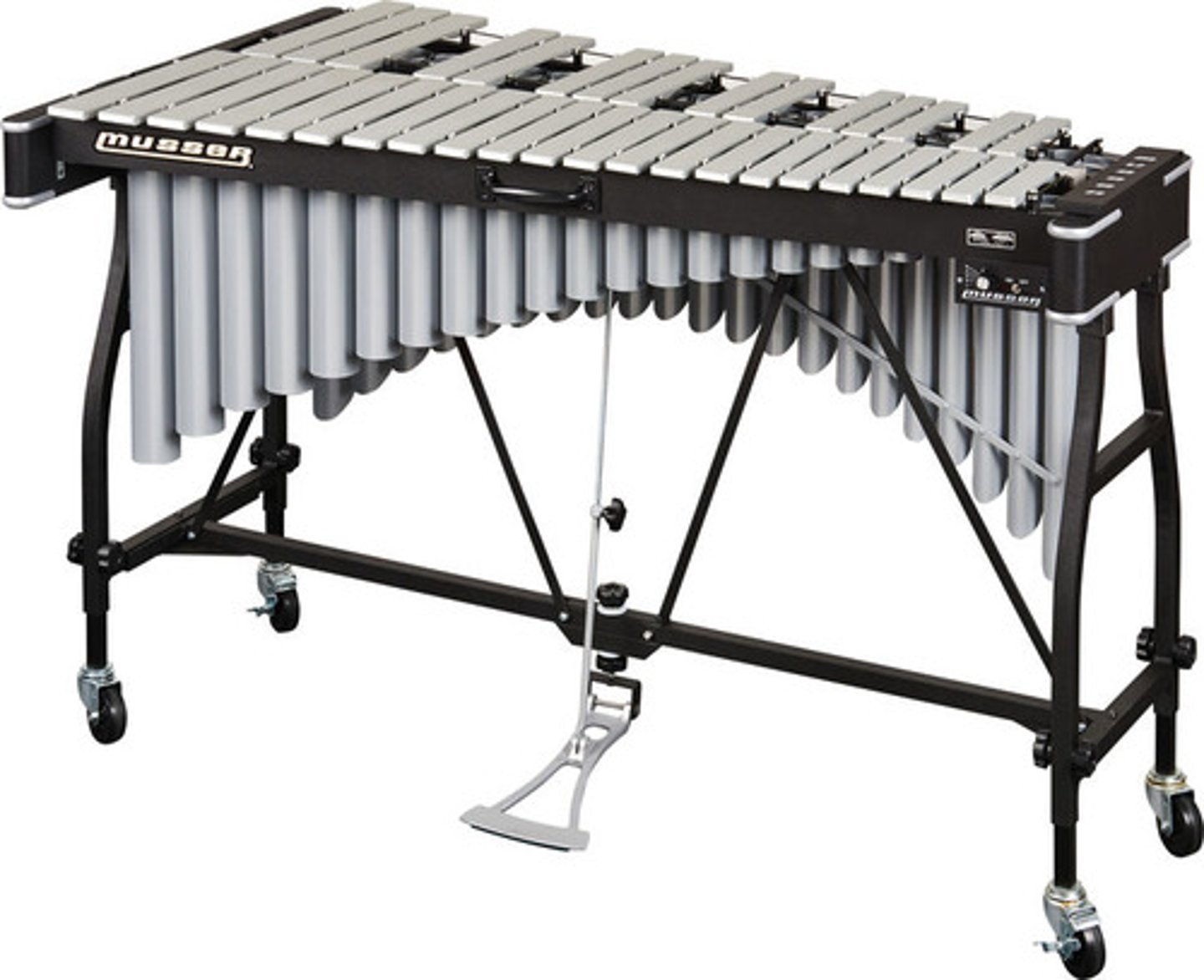6. Star Wars by John Williams
1/47
Earn XP
Description and Tags
Name | Mastery | Learn | Test | Matching | Spaced |
|---|
No study sessions yet.
48 Terms
Diagetic
Music in the film heard by the characters
Non-diagetic
Music characters cannot hear
Star Wars
1977 film directed by Steven Spielberg
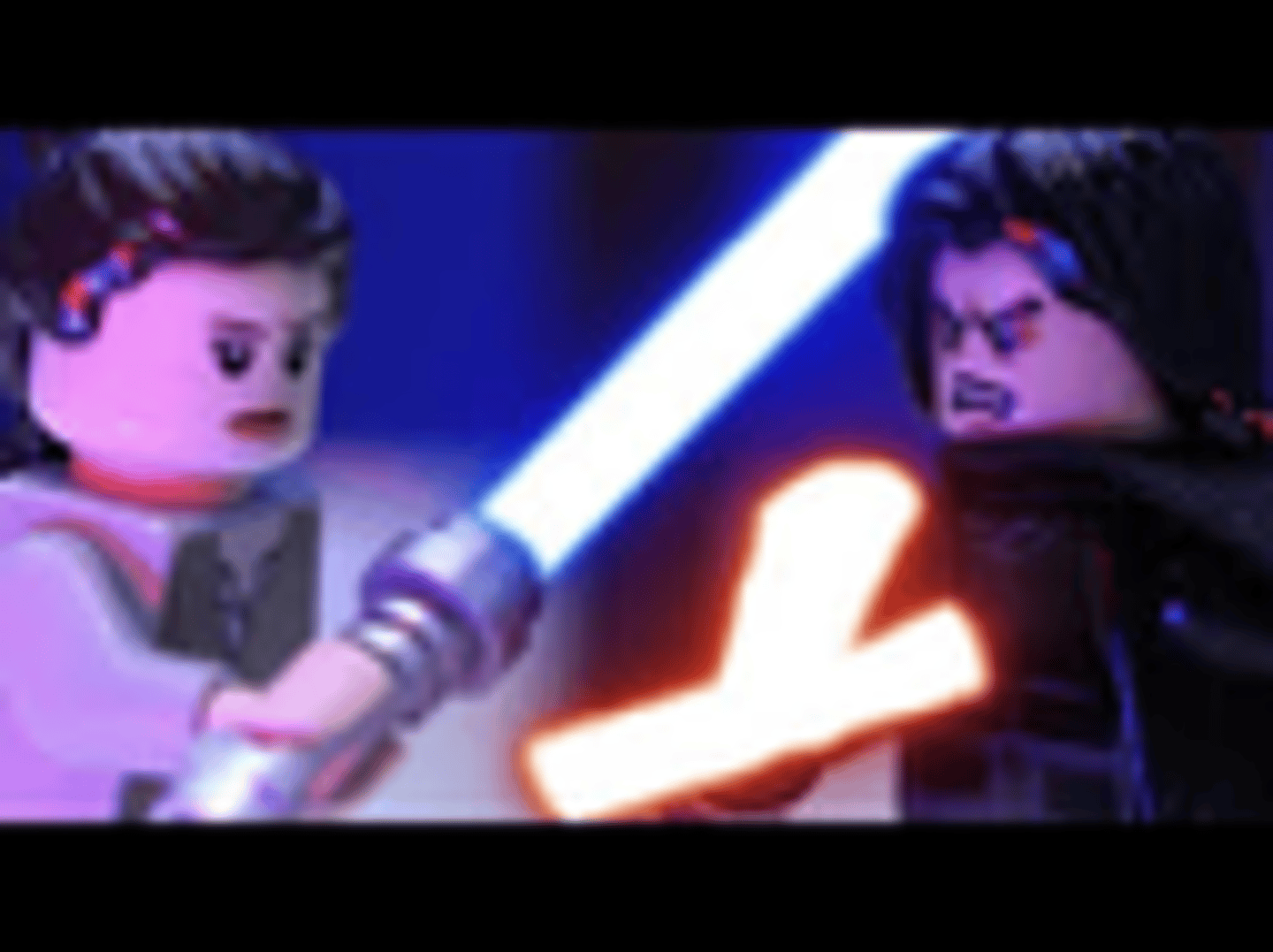
Composer
John Williams (b.1932)
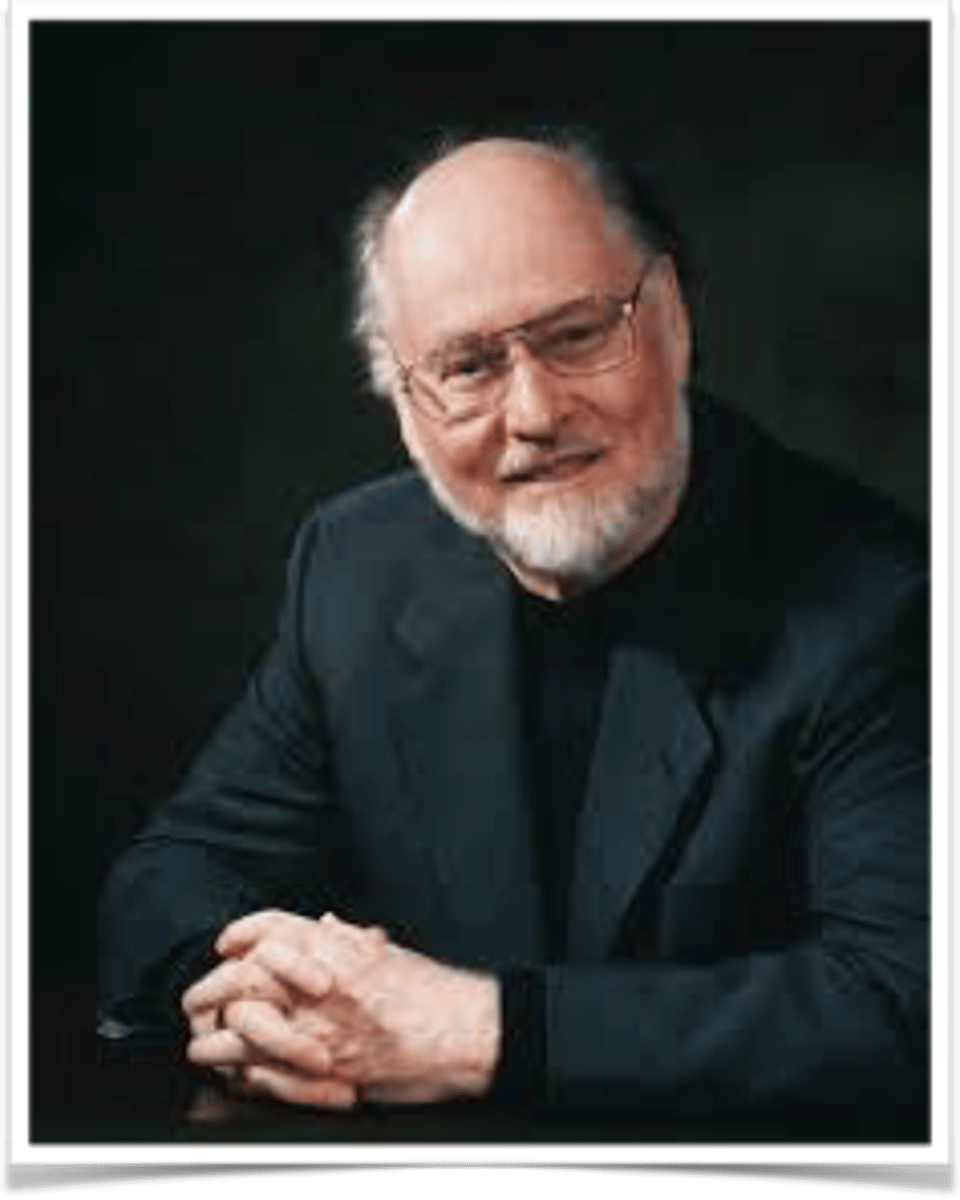
John Williams' style
1. brass fanfares
2. vigorous battle music
3. triumphant marches
4. soaring violin melodies
5. scoring for large symphony orchestra
6. Recurring musical motifs (leitmotifs)
Orchestrator
Herbert Spencer
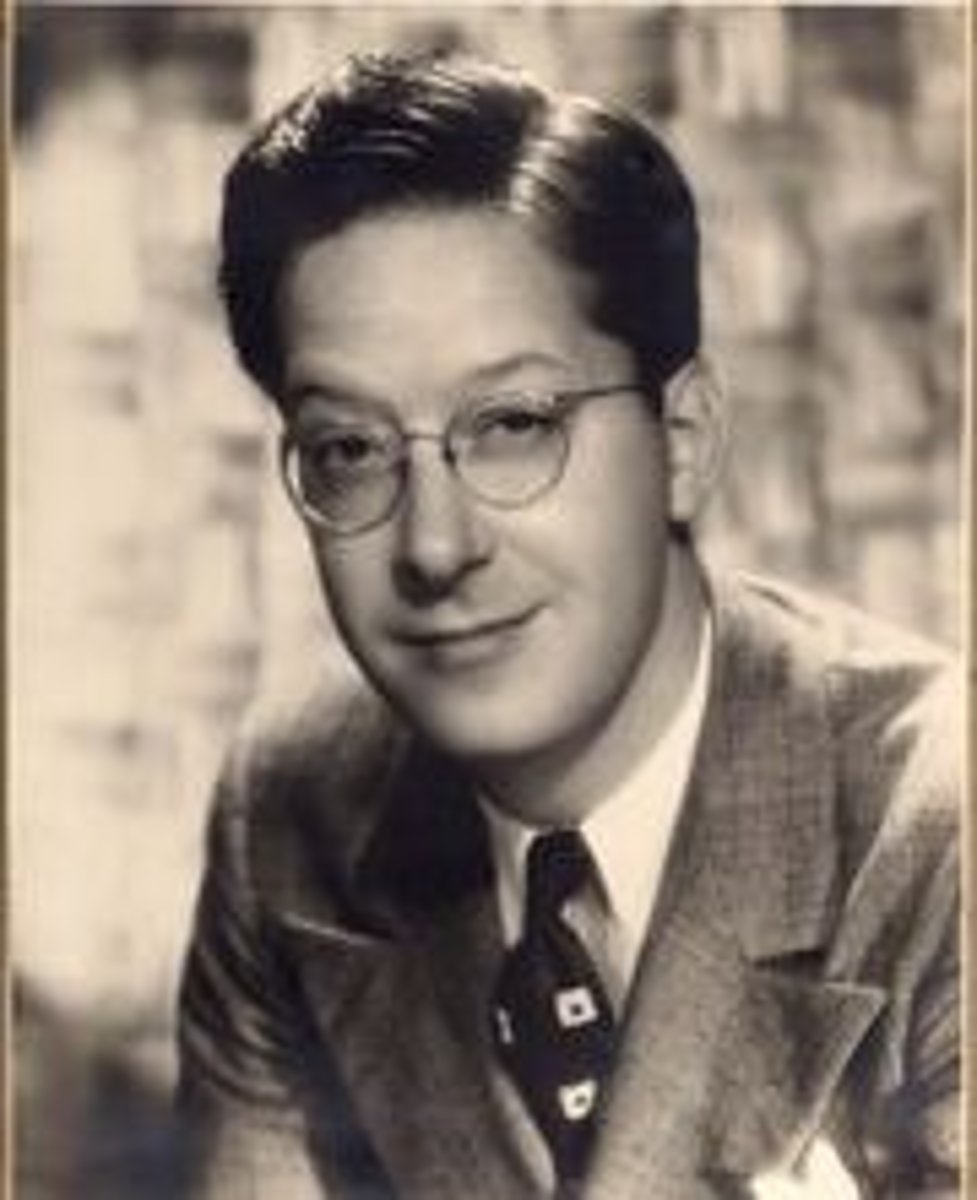
Genre
Film music

Role of music in the film
1. create mood
2. suggest time or place
3. provide continuity
4. remind audience using leitmotifs (of characters, events, ideas)
5. dictate the pace of the action
Main title
music at the start of the film that accompanies the opening title
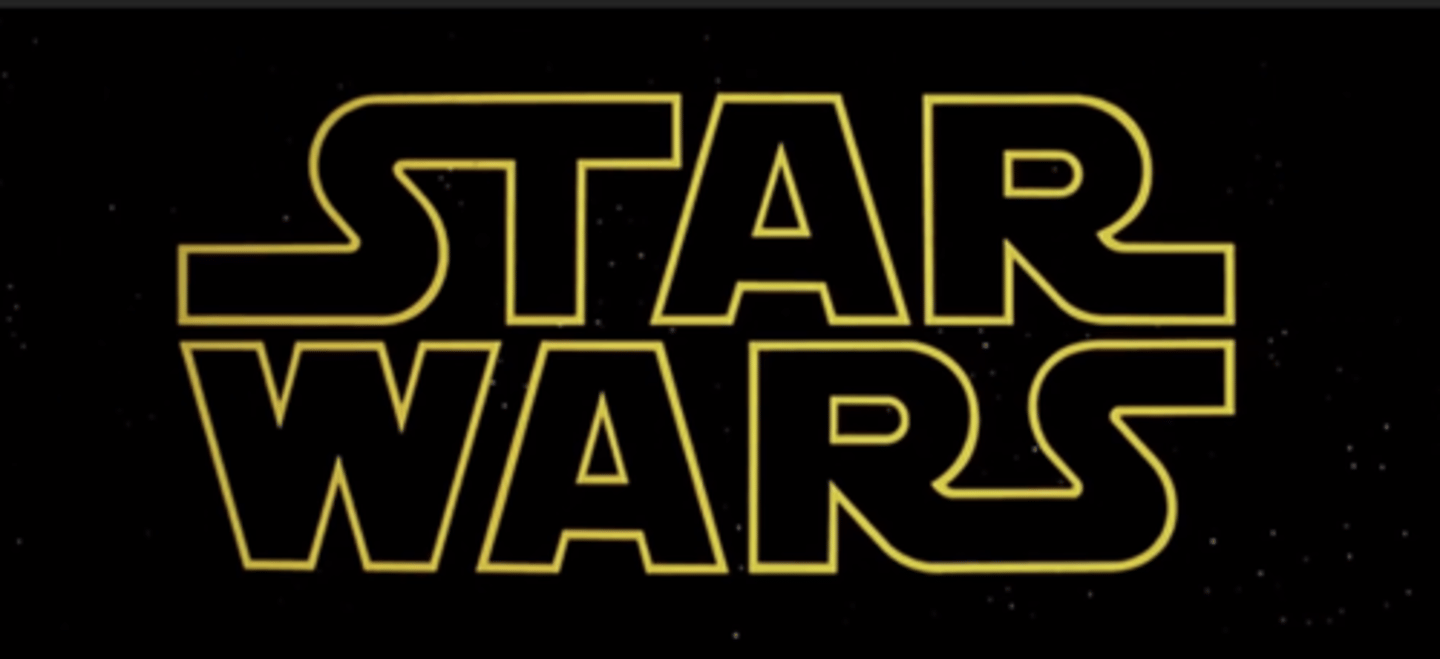
Rebel Blockade Runner
name of the rebel ship fleeing the Galactic Empire
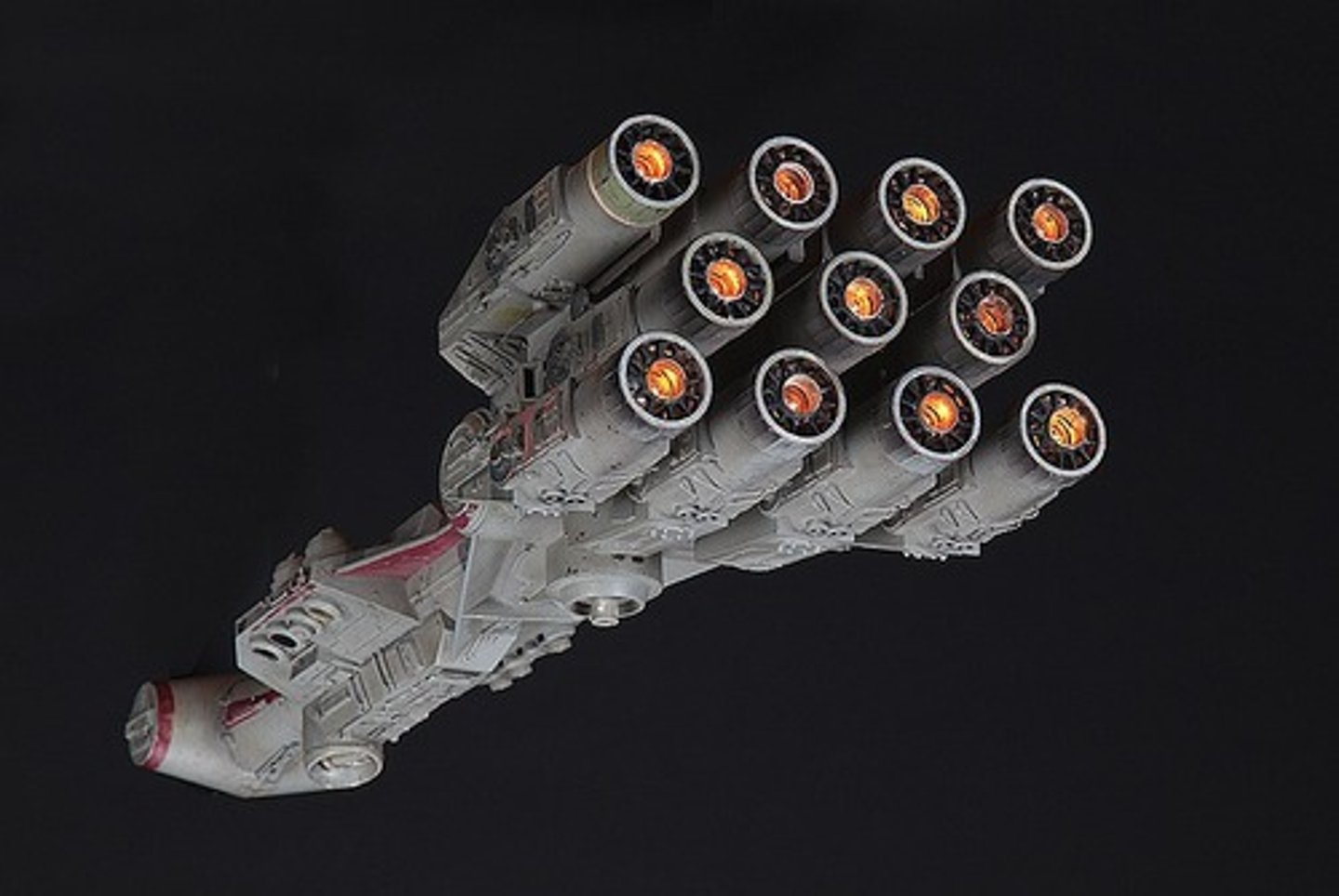
Opening and theme 1A dynamics
FF
Theme 1B dynamics
MF crescendo to FF (as main theme returns)
Section 2 dynamics
Loud except for piccolo 'rebel' theme (b36-38), then remains FF from bar 42.
Ending dynamics
unexpected pp
Metre
4/4 military march style until bar 44, then 3/4 which emphasises the intensity of the ending
Main tempo
1. mostly fast (crotchet = 100)
2. few rallentandos/ritenutos before main ideas appear
3. massive slow down leading to pause in bar 50
Tempo in codetta
tempo increases to 160 bpm (very dramatic and highly charged)
Dominating rhythm
Triplets
Rhythmic features in opening fanfare
triplets and repeated notes
Section 1 rhythmic features
1A = syncopated block chord accompaniment, combining off-beat quavers and triplets with rests.
1B = triplets & dotted rhythms
Section 2 rhythmic features
- Violin triplet/sextuplet/demisemiquaver rhythms create sinister/unsettled effects.
- Pounding crotchets in bass line.
- Bars 42-end: triplets dominate for intensity, war-like.
Main texture
Mostly homophonic (melody & accompaniment)
Other textures
1. Few imitative points (e.g. trumpets & trombones in Fanfare
Melody often doubled in 8ves)
2. Homorhythmic block chords (bars 44-50)
3. Pedal points (bars 51-end) including a rhythmic ostinato on a C pedal
Structure overview
Intro - Section 1 "Main theme" (A B A1) - Section 2
Section 1 structure
ABA1 (ternary) structure:
A = 3-29
B = 8 bar contrasting theme on violin
A1 = repeat of A, more fully scored
Section 2 structure
Shortened fanfare, piccolo solo, orchestral outburst & codetta
Melody features (general)
- bold, clearly defined (features of JW's style)
- fanfare passages
- leitmotifs (Skywalker & Rebel Blockade)
- sequences
Fanfare melody
- rapid repeated notes
- triplet arpeggio-like figures
- 7th leaps
Melody theme A
- Skywalker leitmotif
- 4 bar idea on trumpet
- rising 5ths & emphasis on tonic & dominant (heroic)
- wide leaps of 7th, together with triplets & syncopation (energy)
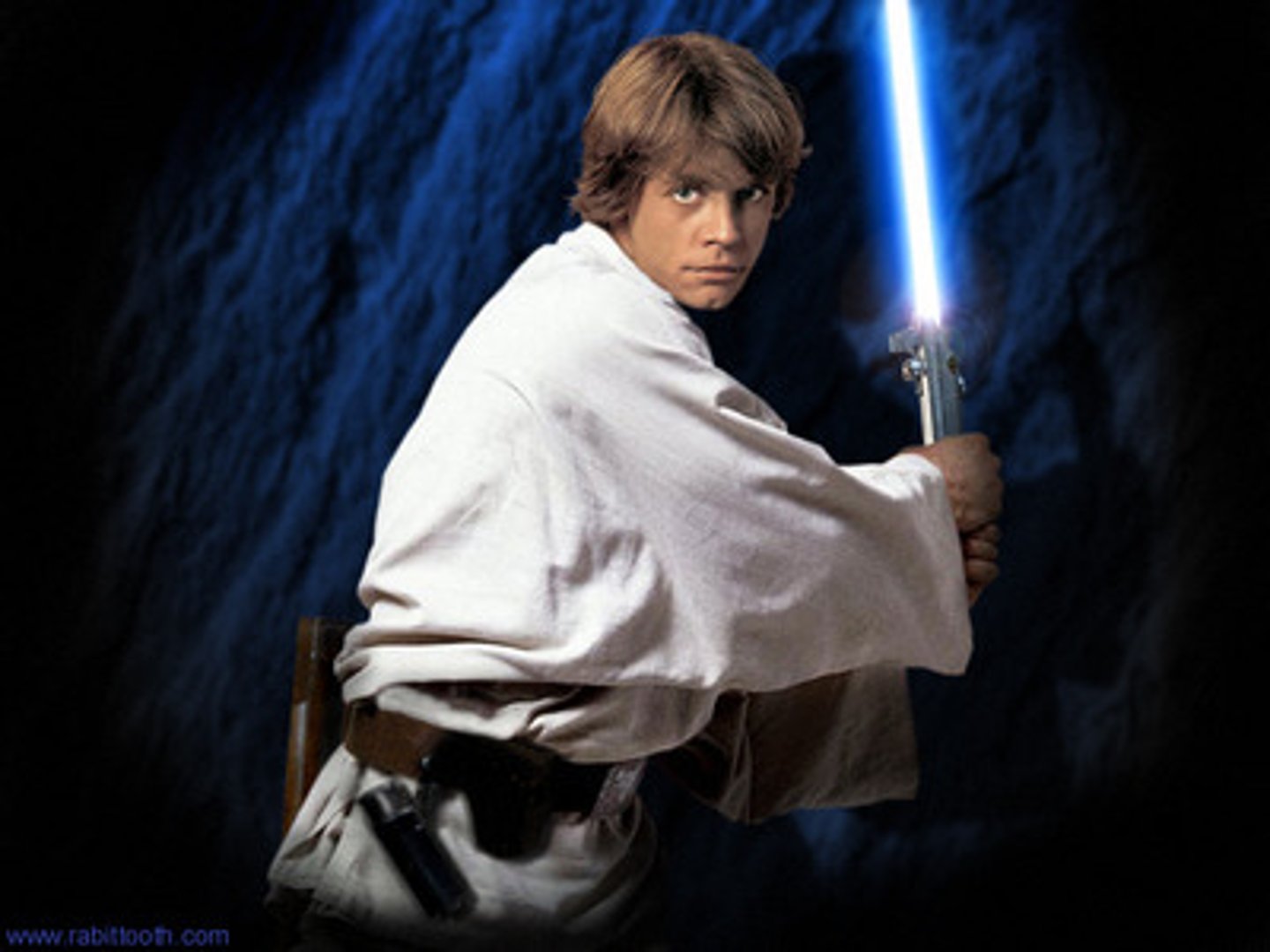
Melody theme B
- 4 bar idea (again) but on violins
- elegant (less forceful)
- more conjunct (stepwise)
- still uses triplets
- repeat varied (ends descending Bbm scale)
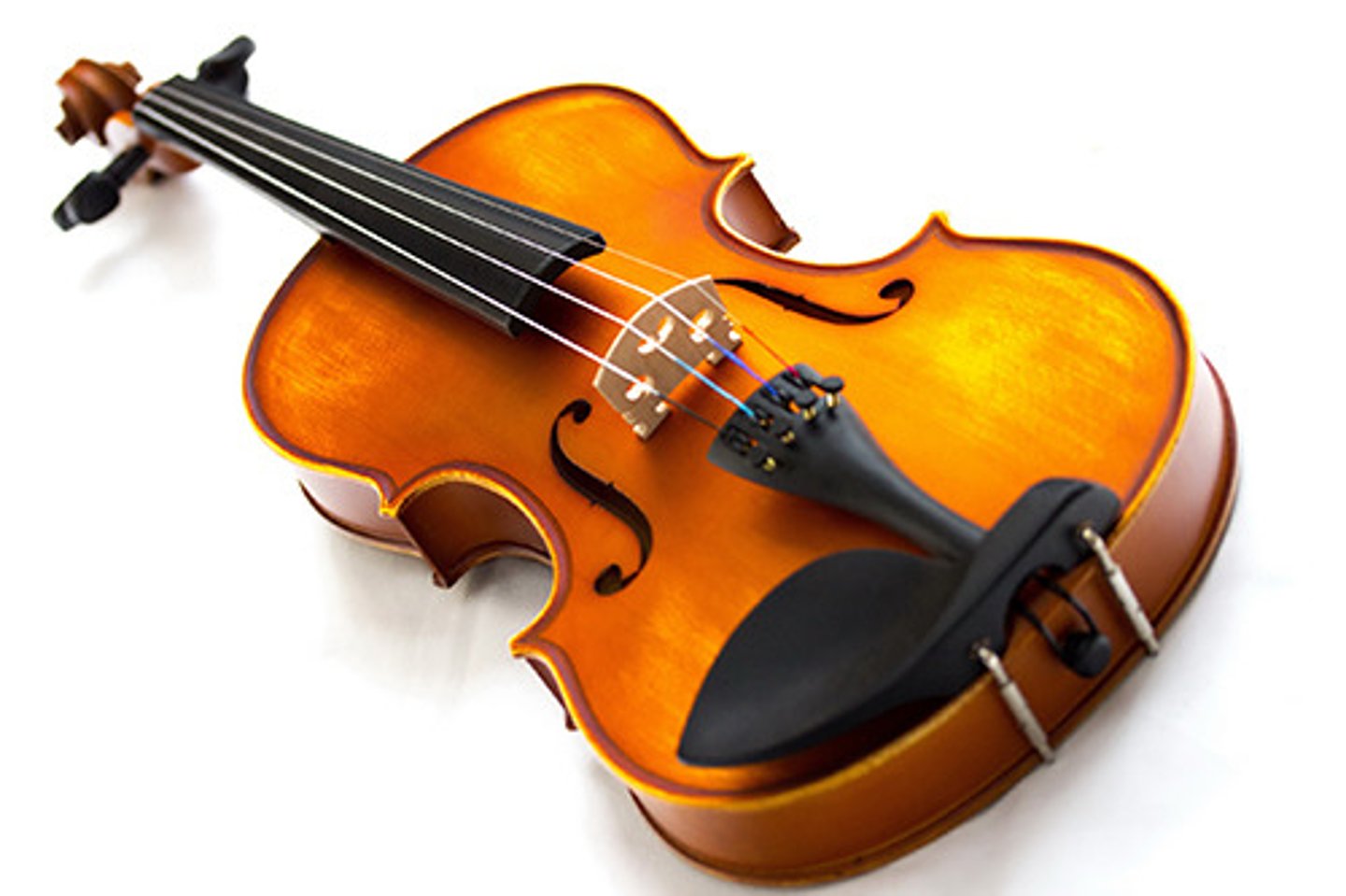
Section 2 solo instrument
piccolo
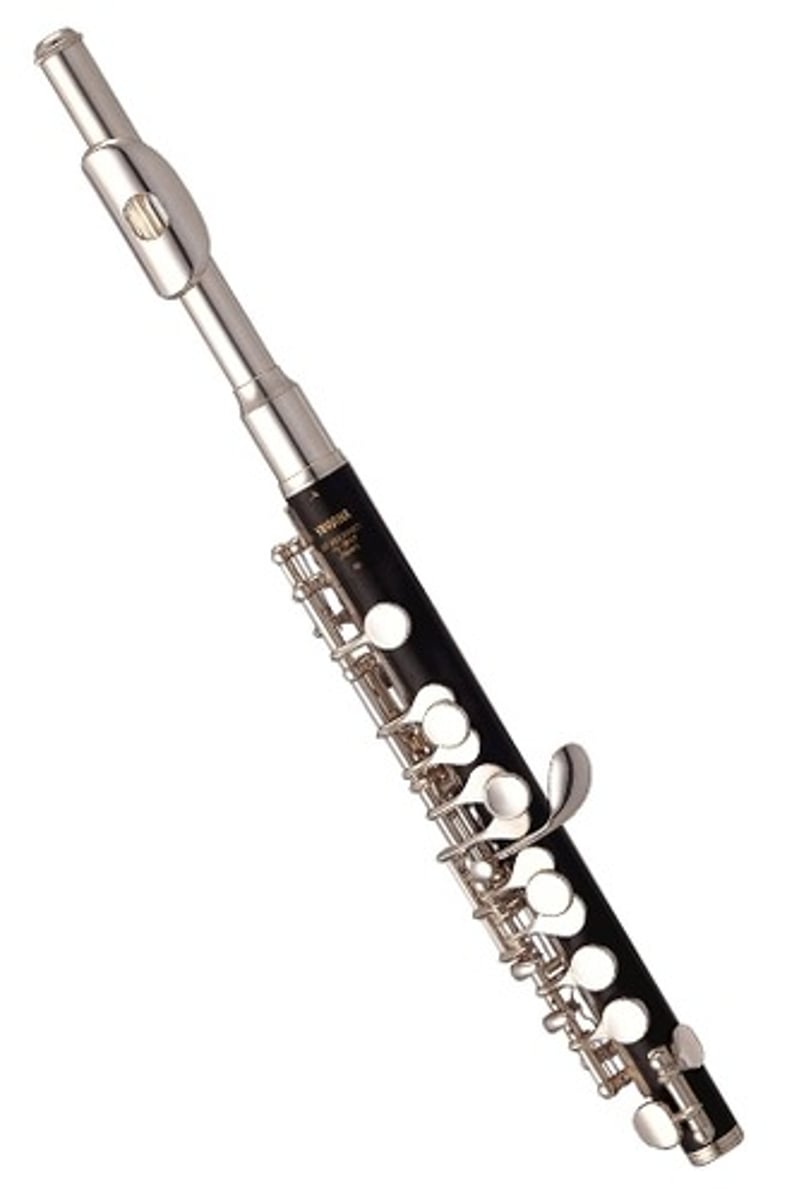
Rebel blockade leitmotif interval
falling minor 3rd

Instrumentation (ensemble)
- Full symphony orchestra (almost 90 players)
- Much doubling of parts (thickly scored)
- No electronic effects or synths
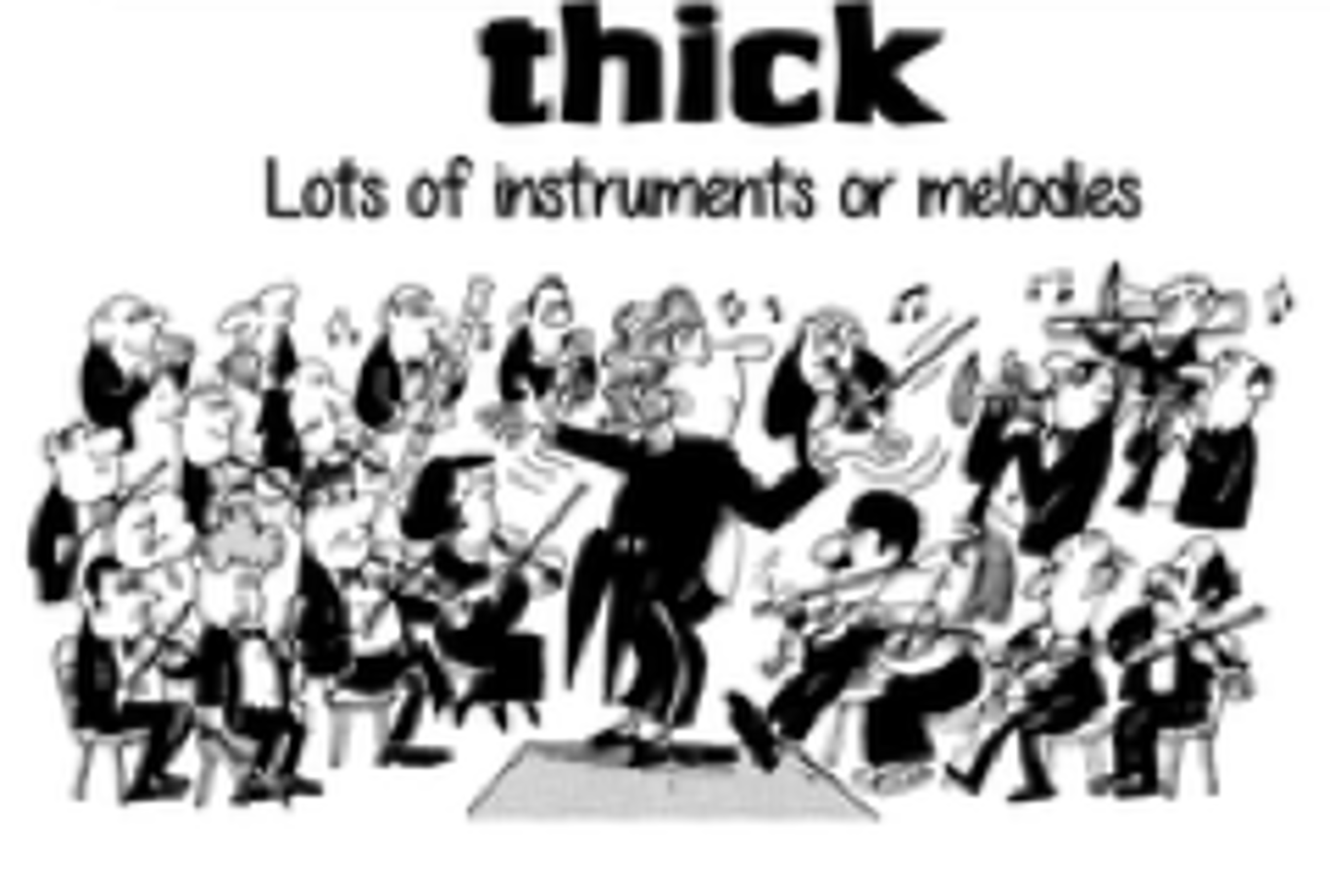
Instrumentation details
10 woodwind
11 brass
6 percussion
harp
60 strings in 5 parts (1+2 violins, violas, cellos & double basses)

Intro + section 1 tonality
Bb major
Section 2 tonality
less clear:
Eb hinted (bar 30)
Becomes chromatic (bar 33)
Then hexatonic (bar 36)
Later ambiguous C major (bar 42)
Almost atonal in bar 44-60 with complex cluster chords
Coda is bitonal (C + Db)
Harmony (general)
- mostly tonal harmony with lots of major chords in root or 1st inversion.
- frequent complex chords and unusual progressions, partly due to the influence of quartal harmony.
Harmony - intro
Quartal harmony ( F Bb Eb Ab) used for opening fanfare
Harmony - section 1A
- quartal harmony (under leitmotif)
- imperfect cadences (at the end of each phrase, ending on chord V)
Harmony - section 1B
Added 6th chords (jazz influence)
Harmony - section 2
- doesn't confirm key of Eb major (F pedal and quartal harmony)
- unrelated chords emphasise tritone (Ab to E) & create unworldly character (b33)
- piccolo melody hexatonic (b36)
- 3 bar link atonal (b39)
- dissonant cluster chords b44 (C-Db-F-G)
- bitonal coda (C + Db)
11 woodwind
2 flutes
1 piccolo
2 oboes
2 clarinets
1 bass clarinet
2 bassoons
11 brass
4 horns
3 trumpets
2 trombones
1 bass trombone
1 tuba
6 percussion
timpani, triangle, cymbals, snare drum, large gong, vibraphone, celesta, glockenspiel, piano & harp
Luke Skywalker Leitmotif (trumpet)
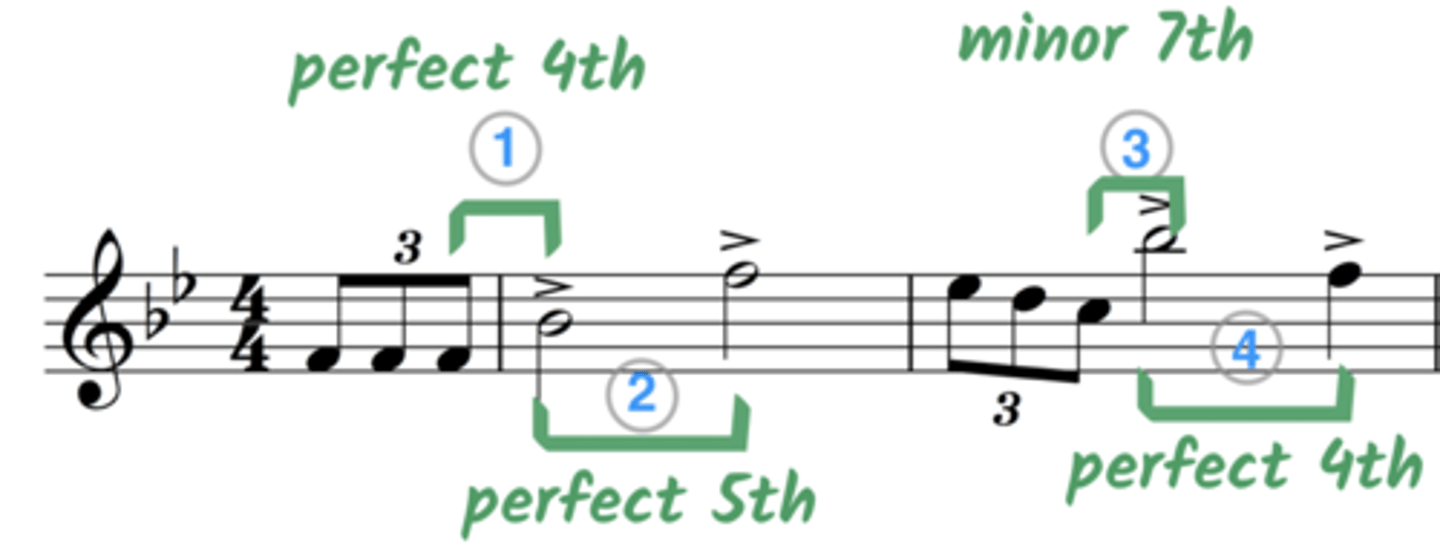
Theme B (violins)

Celesta
small percussive keyboard instrument (using hammers to strike metal bars, thereby producing a bright, bell-like sound)
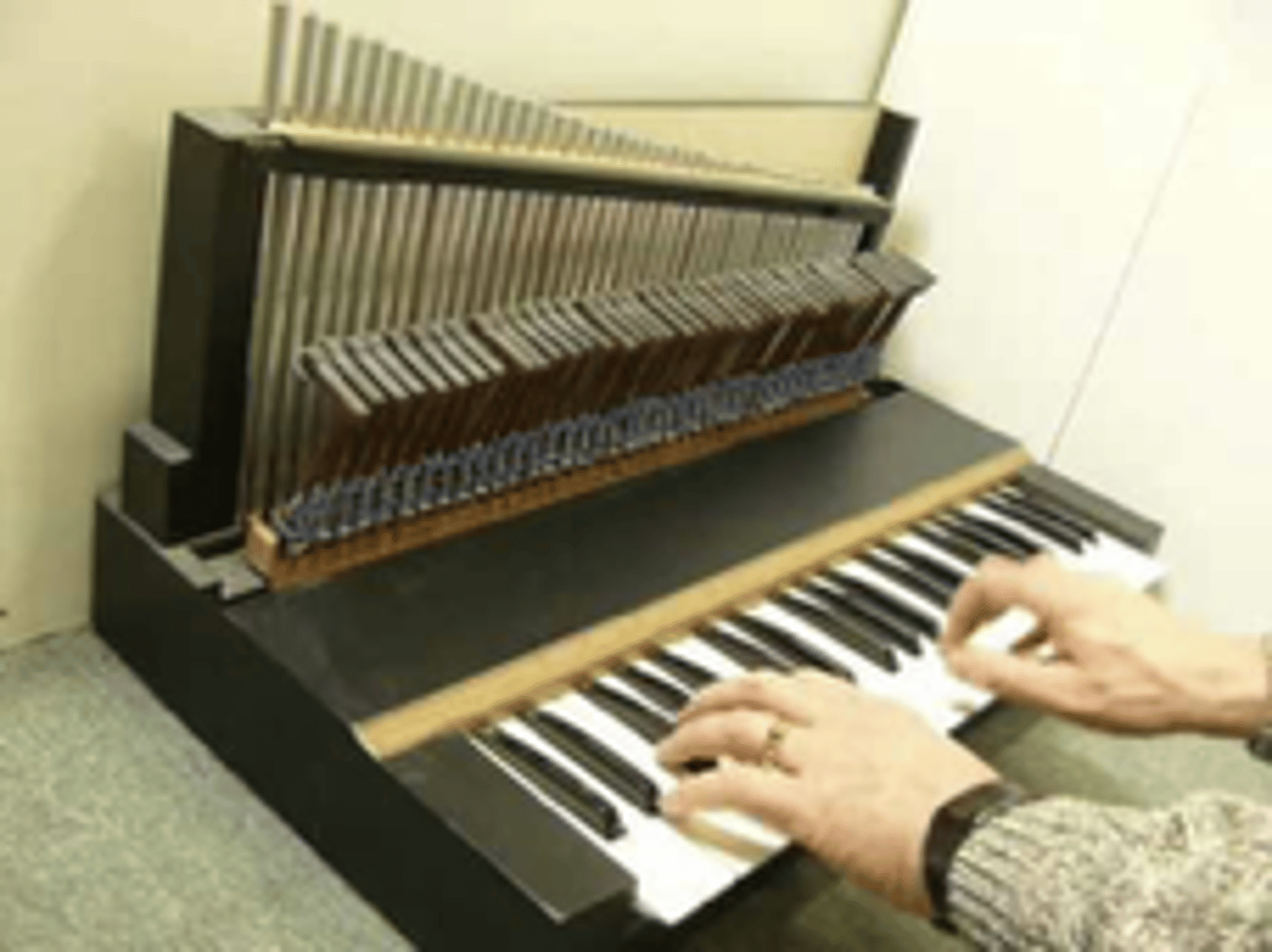
Vibraphone
percussion instrument with a double row of tuned metal bars (each above a tubular resonator with a motor-driven rotating vane, giving a vibrato effect)
